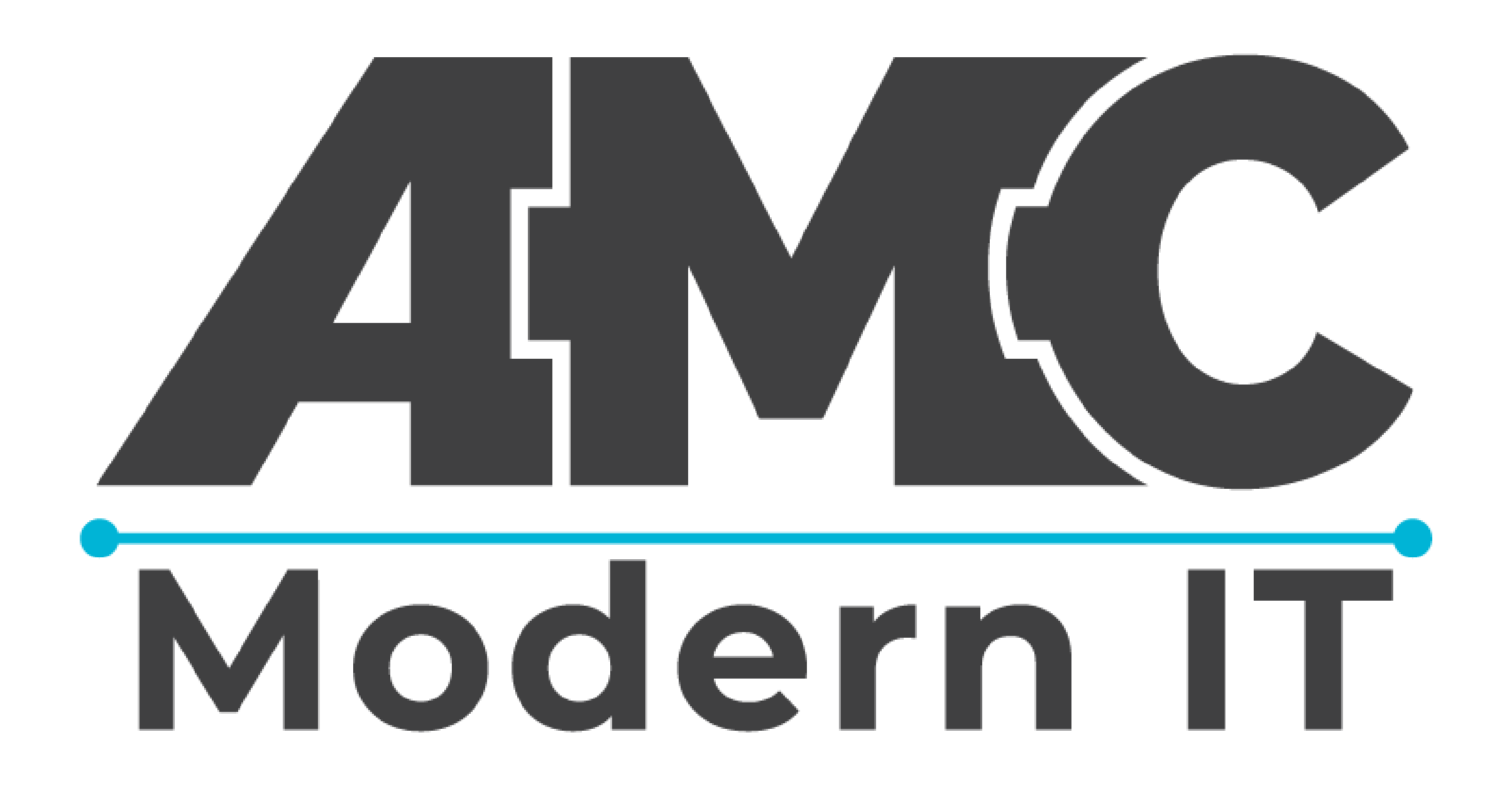Part 1: Internal IT
When it comes to IT services – from daily maintenance and cybersecurity to onboarding new-hires and troubleshooting – which is better: Hiring an outside managed services provider (MSP) or employing an in-house IT specialist or team? In this 3-part blog series, we’re going to examine Internal IT, Outsourced IT, and Co-managed IT so you can make the best decision for your business!
Today we are going to look at what Internal IT is whether it makes sense for your organization.
What is Internal IT?
An internal IT department may appear to be the best option to keep your business running smoothly with somebody on-site, available to address any concerns as they arise. But this can come at a serious cost, depending on where your business is located what services you need.
Your average desktop technician usually commands an average salary around $70K. Their primary role is to update and maintain hardware and software while handling small troubleshooting issues.
IT Managers are typically paid anywhere from $85K - $130K per year to take responsibility for core business IT systems and ensure they are aligned with the business strategy. They handle high-level tasks and ensure that the organization’s infrastructure is equipped to withstand and protect against all internal and external threats.
What you commonly find though, is that many businesses can only afford one IT manager and a few staff to handle all levels of IT operations for the entire organization. If you are tasking your IT Manager or Director with desktop level troubleshooting, you’re preventing your company from strategically planning and preparing for the future, i.e. innovating. When you task your technology team with more responsibility than they can handle, you’re likely in for some unpleasant surprises.
INTERNAL IT PROS AND CONS
THE PROS
THEY KNOW YOUR BUSINESS. Every day they work with your team to understand the value that everyone provides to your company. They know what your business needs to make it run smoothly and increase your top line.
THEY KNOW YOUR PEOPLE. Your IT team understands your people, your users, your customers, and your prospects. They understand your goals and metrics of success.
THEY KNOW YOUR SETUP. From a tactical perspective, having a help desk in-house has its benefits. They’ve built up their knowledge about your network and systems, so they can skip the “get-to-know-you” onboarding stage and can fix problems quickly.
YOU KNOW WHERE THEY ARE. They’re onsite and they provide support to just your company. They are available when you need them. Your staff can message them, call them, or get, walk over and ask for help.
THE CONS
THEY CAN’T GET EVERYTHING DONE. Small internal IT teams often get bogged down with day-to-day user support or questions. This leaves little to no time for creative technology solutions that propel innovation and growth. If you’re a mid-sized business you may have only one IT team or professional who’s responsible for all support and questions, so they are not able to research the newest breakthroughs or implement enterprising technologies that increase efficiencies and productivity. Plus, the ability to scale up and down as business demand changes can be difficult with in-house IT.
INCREASED KEY-MAN RISK. An excellent IT member can be worth their weight in gold. What happens when they leave and take that institutional knowledge with them? They have access to all your critical information and infrastructure and, in some cases, are the only source of support for the business’ applications, systems, and team members. You need to make sure your business won’t be vulnerable if your key-person leaves.
NEED SUPPORT FOR ISSUES OUTSIDE THEIR EXPERTISE. IT is complex and multifaceted. No one team member usually has all of the skills to meet every IT need in your business. Your in-house team may have trouble with migrations to new software or hardware but are great at solving user issues. They may be stellar at fine-tuning an infrastructure, but what about building it from the ground up, or incorporating an acquisition.
Stay tuned for tomorrow’s post where we will dive into the pros and cons of hiring an outsourced IT firm, also known as a Managed Service Provider (MSP).
